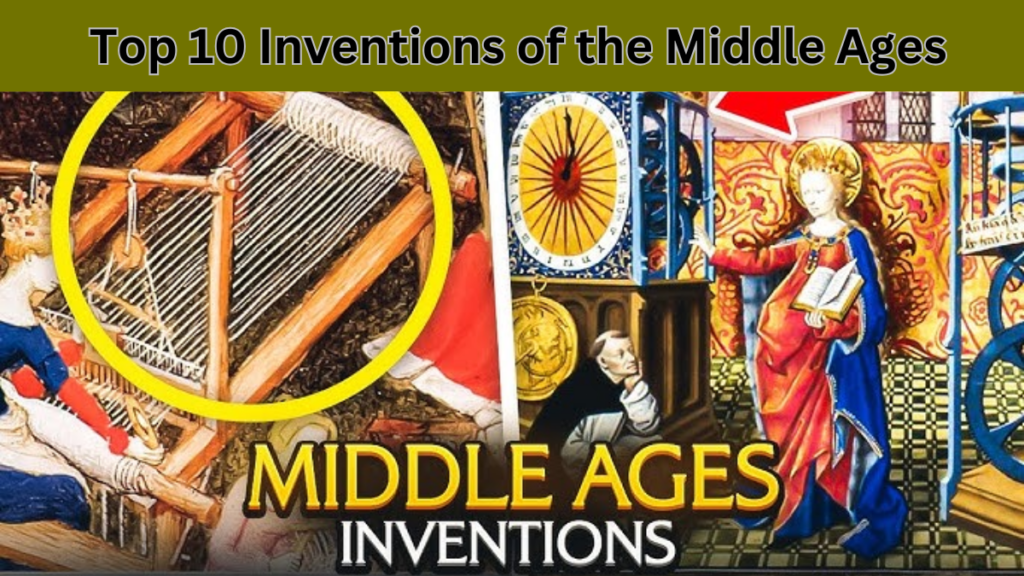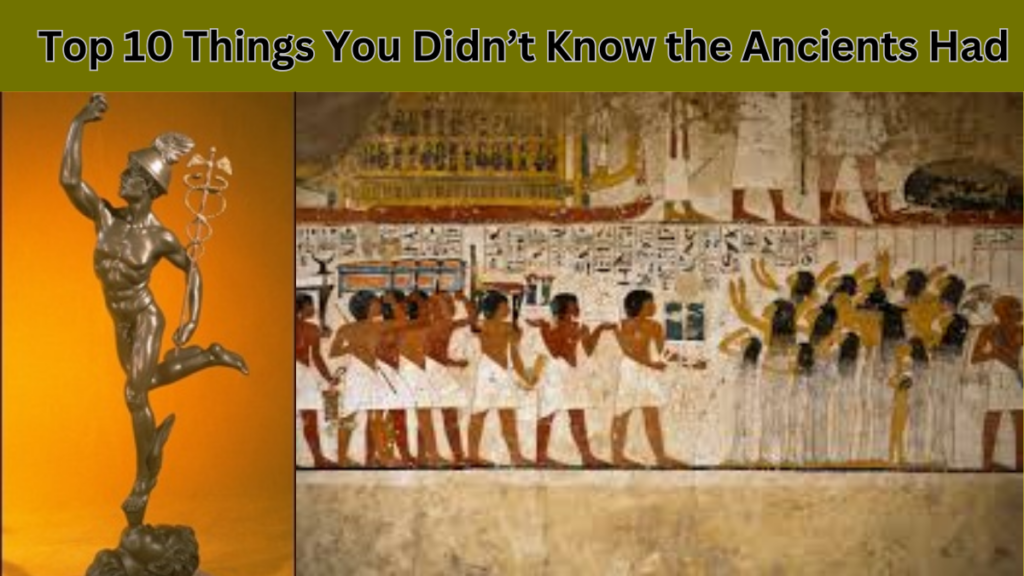Top 10 Unsolved Mysteries
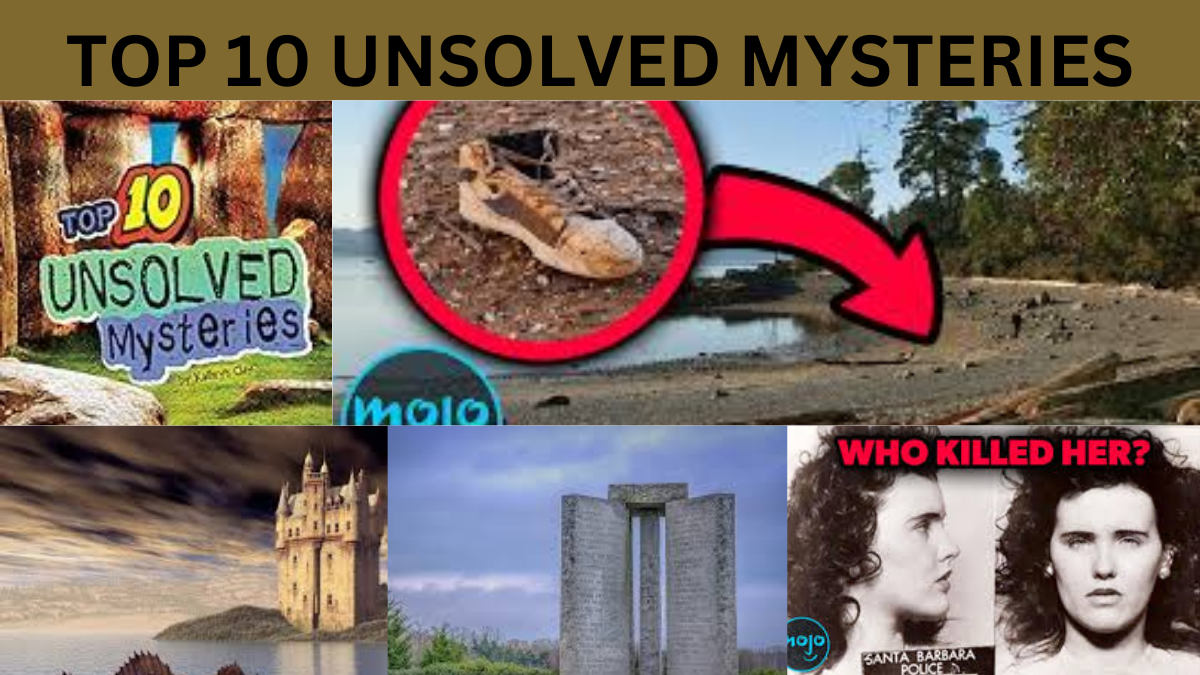
Unsolved mysteries have always captivated our imagination, from myths about famous figures to peculiar urban legends. This article explores ten intriguing unsolved mysteries that have sparked rumors and speculation. From the fantastical to the factual, these mysteries have left many wondering about their authenticity.
Walt Disney’s Cryogenic Freezin
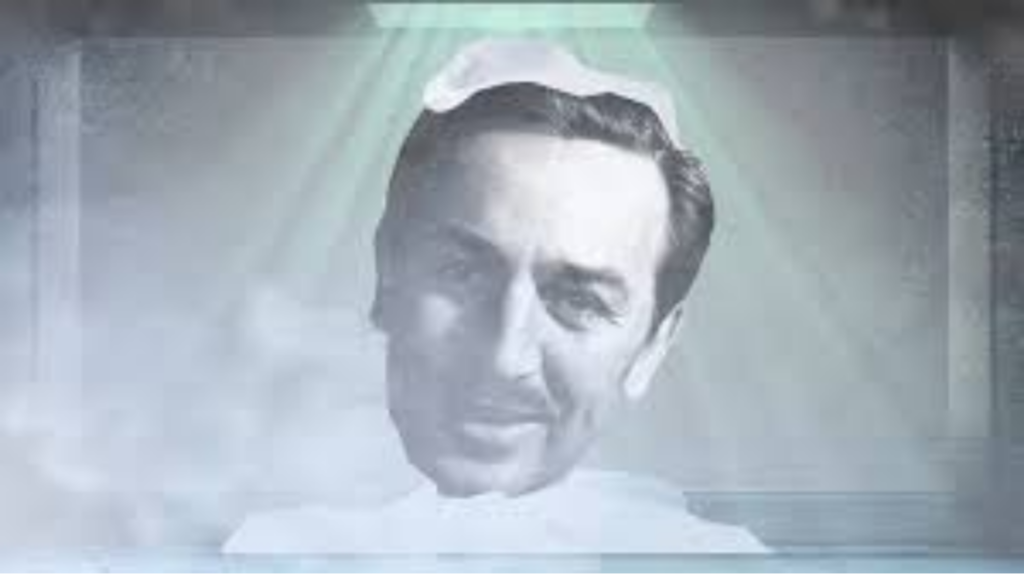
One of the most famous unsolved mysteries is the rumor that Walt Disney’s body was cryogenically frozen after his death. According to the legend, Disney, known for his innovative spirit, was preserved in a vat of liquid nitrogen in hopes of future reanimation. Some even claim his cryo-vat is hidden beneath Disneyland’s Pirates of the Caribbean ride. However, this story is false. Walt Disney passed away from lung cancer complications in 1966, and his family followed his wish to be cremated. His ashes are interred at Forest Lawn Memorial Park in Glendale.
Santa Claus Created by Coca-Cola
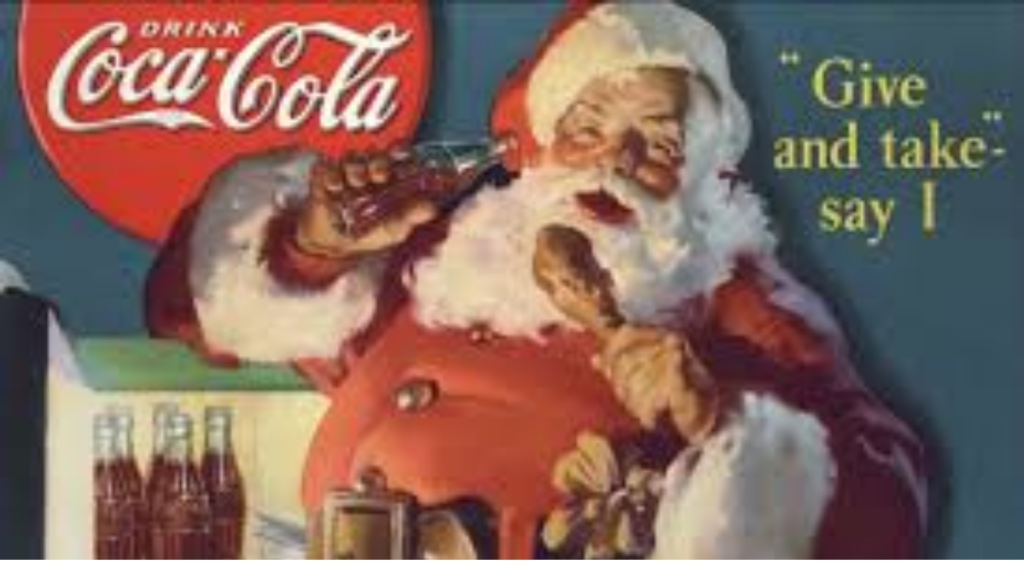
Another popular myth is that Coca-Cola invented the modern image of Santa Claus. This story gained traction in the 1930s when Coca-Cola hired illustrator Haddon Sundblom to create images of Santa for their advertisements. While Sundblom’s illustrations popularized the red-suited Santa, the character’s jolly image was well-established by the 1920s. The New York Times had already described the standardized Santa Claus by 1927.
McDonald’s Shakes Made from Animal Fat
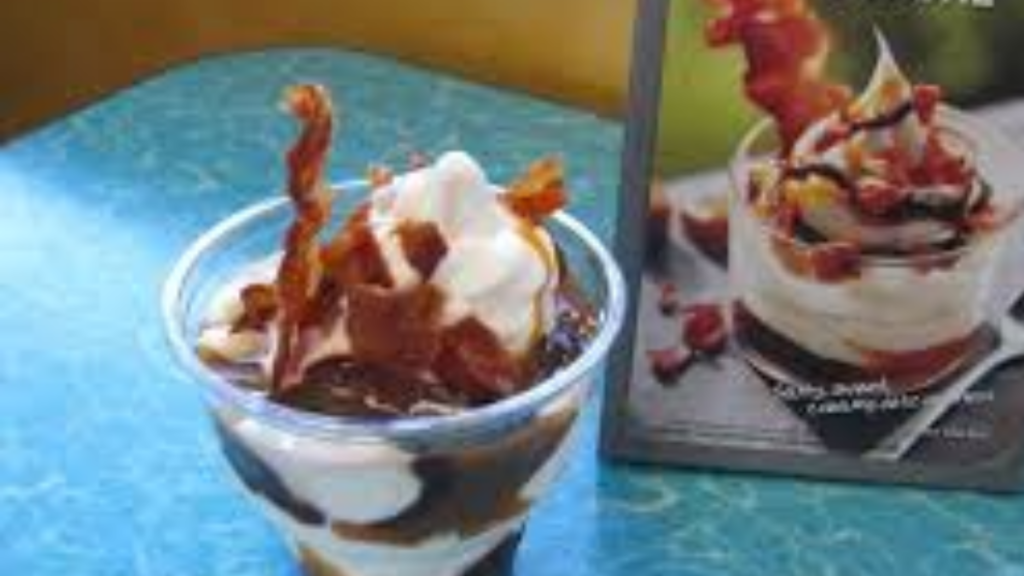
Rumors have circulated that McDonald’s shakes are made from reconstituted animal fat. According to this myth, the milkshakes were believed to contain fat from pigs or chickens. In reality, McDonald’s shakes contain ingredients like whole milk, cream, and vanilla flavor, with no animal byproducts involved. Carrageenan, a seaweed-based ingredient, helps control freezing in the shakes.
Snuff Films
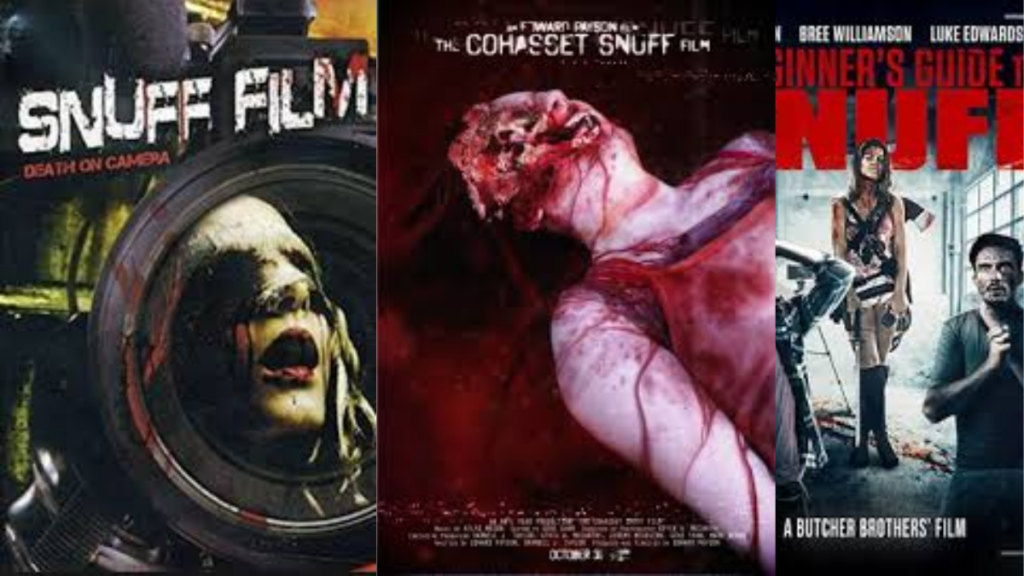
The concept of snuff films—movies depicting real murders—has fueled many dark rumors. Despite their portrayal in films like 8MM, there has never been verified evidence of a true snuff film. Reports of such films have consistently turned out to be false, and a reward for finding a genuine snuff film has remained unclaimed.
The Most Holy Religion of Jedi
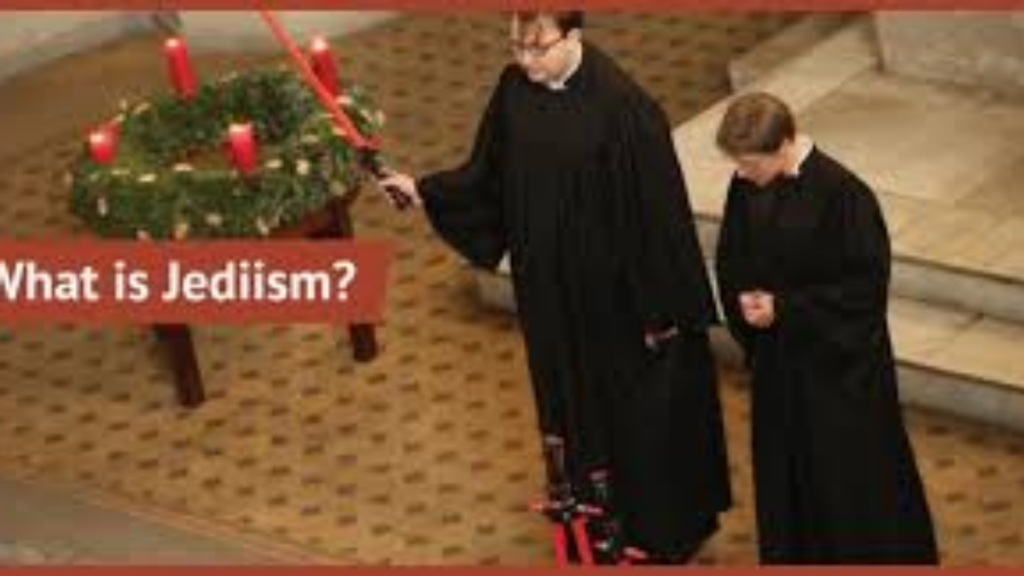
A curious legend suggests that if enough people listed “Jedi” as their religion on a census, it would be officially recognized. This idea gained traction with censuses in the UK, Australia, and New Zealand. However, it’s a myth. In Australia and New Zealand, falsifying census information can result in fines, and the data is used to allocate resources, making such deceitful claims problematic.
Kentucky Fried Chicken Name Change
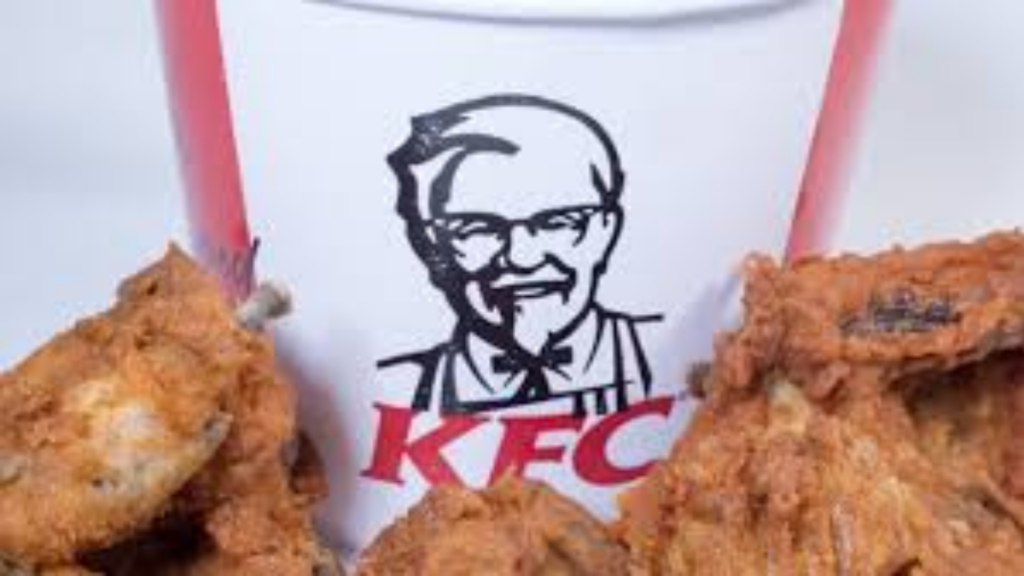
Another myth is that KFC changed its name from Kentucky Fried Chicken to KFC to avoid negative connotations associated with the word “fried.” Some even claimed KFC was avoiding scrutiny over breeding “super chickens.” The actual reason for the name change has never been disclosed, but KFC has recently started using its original name again.
Lemmings Throwing Themselves Off Cliffs

The belief that lemmings commit mass suicides by jumping off cliffs was popularized by a 1958 Disney documentary. In truth, this behavior was staged for the film, and lemmings do not naturally exhibit such actions. The documentary crew manipulated the lemmings’ behavior to create this false narrative.
The Deadly Daddy Long-Legs Spide
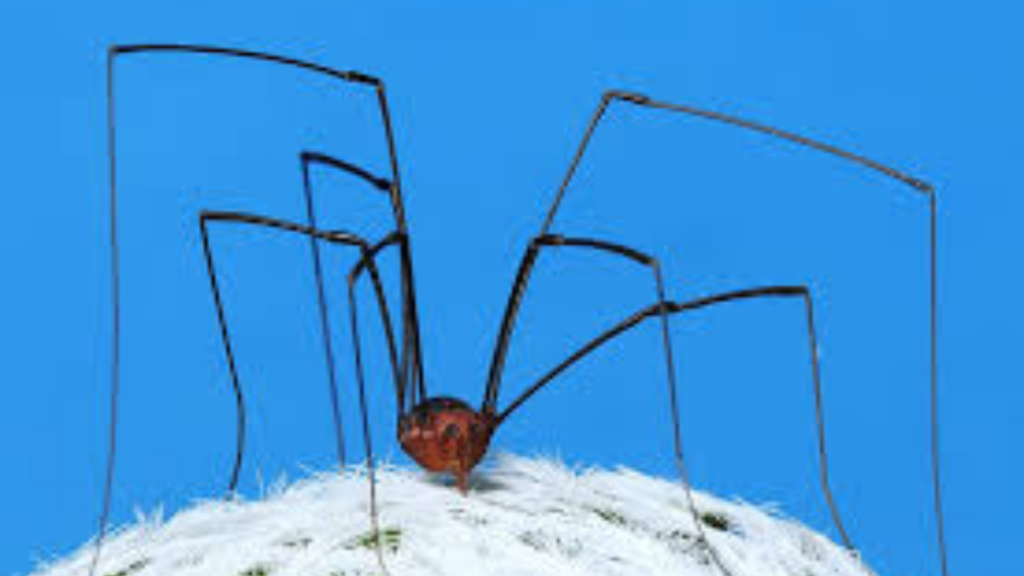
A longstanding myth claims that the daddy long-legs spider is the most poisonous spider but cannot harm humans due to weak fangs. However, this myth is unfounded. The most poisonous spiders are the brown recluse and the funnel-web spiders. Ethical guidelines prevent testing on spiders, but their lack of danger to humans is well-established.
Who Invented the Toilet?
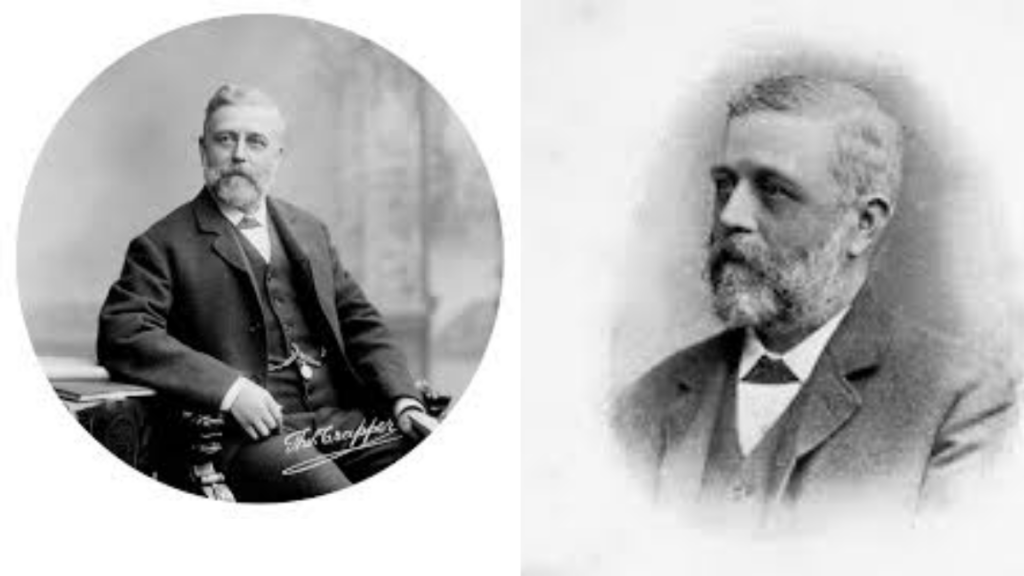
Contrary to popular belief, Thomas Crapper did not invent the flush toilet. This myth arose from a 1969 book about Crapper, a Victorian plumber known for his work on toilets. In reality, Alexander Cummings invented the flush toilet in 1775. Improvements by Joseph Bramah and Thomas Twyford followed. The term “crapper” for a toilet has unclear origins but was popularized in America.
Made in USA, Japan
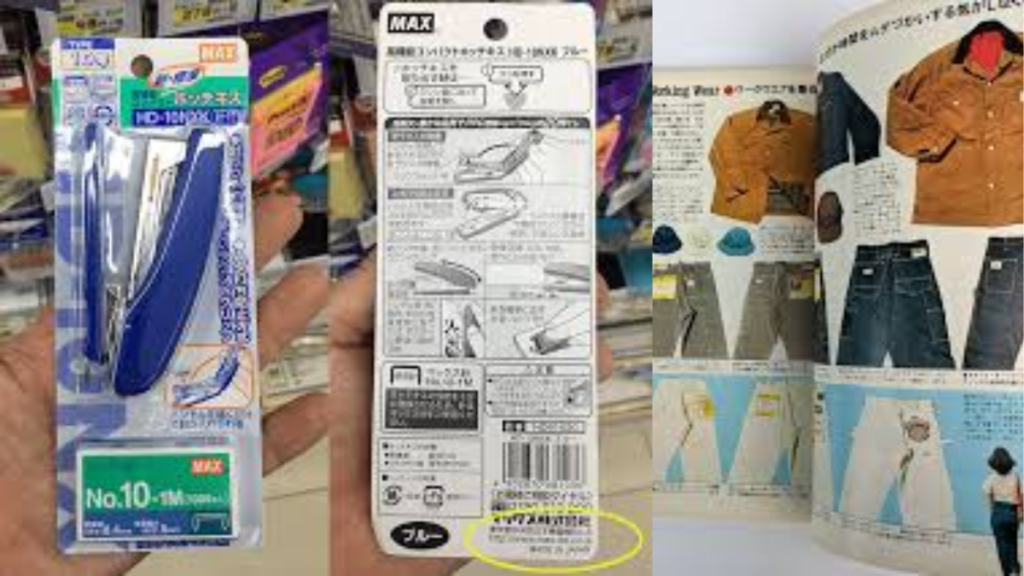
The rumor that Japan renamed a town to “USA” to circumvent import regulations and conceal its origin is false. This legend likely stems from postwar American perceptions of Japanese goods. In reality, Japanese companies like Sony had issues with label size but were not engaged in deceptive practices to mislead customs.
These unsolved mysteries and myths reveal how easily misinformation can spread and how legends can shape our understanding of history and culture.
Top of Form
Bottom of Form
